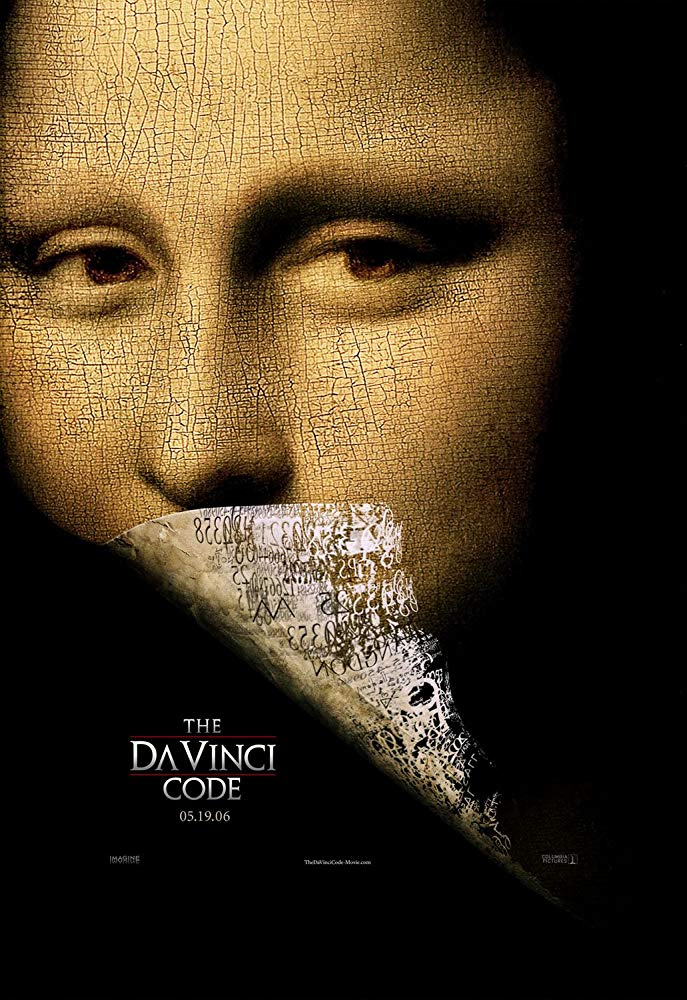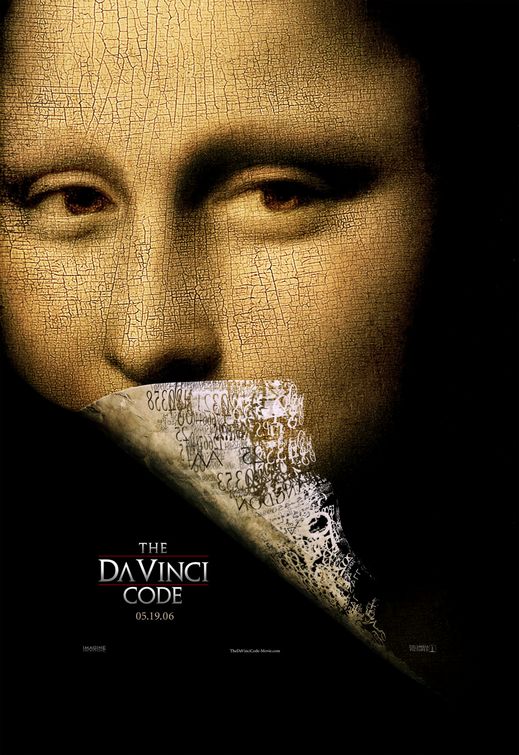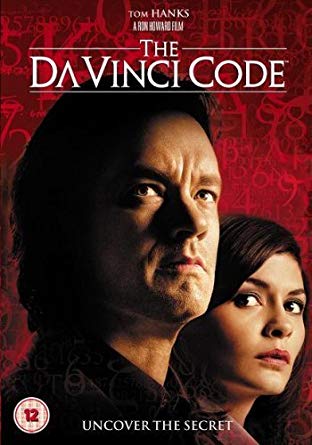


I have been wrestling with him, day in, day out, for 14 years.” In an interview with The Sunday Telegraph in 2000, he said: “I speak with the devil every day. The priest was frequently in the news for his comments on the subject of demonic forces. He did not become an exorcist until 1986, when Cardinal Ugo Poletti, the vicar general of the Diocese of Rome, named him the diocesan exorcist. In wartime Italy, he was a soldier with the underground anti-fascist partisans. His life is an inspiration and I know that his work and words will still reach many.”Īmorth was born in Modena, Italy, on May 1, 1925. “Father Amorth fought as a partisan as a young man and grew to fight greater evil as an exorcist. Padre Pio and Blessed Giacomo Alberione as mentors, as well as Servant of God Candido Amantini, who was his teacher for the ministry of exorcism,” he said. “My hope is that audiences will remember that Father Amorth is a real person with a great legacy and perhaps a few moviegoers will look up an interview or pick up his books.” “The International Association of Exorcists is right to be concerned and I’m thankful for their words,” Lichens told CNA. Michael Lichens, editor and spokesperson at Sophia Institute Press, voiced some agreement with the exorcist group.

Gabriele Amorth” is an interview in which the priest addresses many topics ranging from prayer to pop music. The publisher’s newly released book “ The Pope’s Exorcist: 101 Questions About Fr. Several of Amorth’s books are carried by the U.S. He was perhaps the world’s best-known exorcist and the author of many books, including “An Exorcist Tells His Story” (Ignatius Press), reportedly an inspiration for the upcoming movie. Steven Driscoll/CNAĪmorth, who died at age 91 in 2016, said he performed an estimated 100,000 exorcisms during his life. The statement responded to the release of the movie trailer and promised a more in-depth response to the film’s April 14 theatrical release.įather Gabriele Amorth, chief exorcist of Rome, speaks to CNA on May 22, 2013. “In addition, it is offensive with regard to the state of suffering in which those who are victims of an extraordinary action of the devil find themselves,” the group’s statement added. “This way of narrating Don Amorth’s experience as an exorcist, in addition to being contrary to historical reality, distorts and falsifies what is truly lived and experienced during the exorcism of truly possessed people,” said the association, which claims more than 800 exorcist members and more than 120 auxiliary members worldwide. While special effects are “inevitable” in every film about demonic possession, “everything is exaggerated, with striking physical and verbal manifestations, typical of horror films,” the group said. This gives the film a “‘Da Vinci Code’ effect to instill in the public the usual doubt: Who is the real enemy? The devil or ecclesiastical ‘power’?” the exorcists’ association said. The Vatican, the statement said, is filmed with a high-contrast “chiaroscuro” effect seen in film noir.

The International Association of Exorcists on March 7 voiced concern that the film seems to fall under the category of “splatter cinema,” which it calls a “sub-genre of horror.” The trailer of the upcoming Russell Crowe movie “The Pope’s Exorcist” indicates that the film might not do justice to the Italian exorcist Father Gabriel Amorth or the rite of exorcism as practiced in the Catholic Church, according to an exorcist organization Amorth himself helped to found.


 0 kommentar(er)
0 kommentar(er)
